- Joined
- Oct 9, 2007
- Messages
- 47,680 (7.42/day)
- Location
- Dublin, Ireland
| System Name | RBMK-1000 |
|---|---|
| Processor | AMD Ryzen 7 5700G |
| Motherboard | Gigabyte B550 AORUS Elite V2 |
| Cooling | DeepCool Gammax L240 V2 |
| Memory | 2x 16GB DDR4-3200 |
| Video Card(s) | Galax RTX 4070 Ti EX |
| Storage | Samsung 990 1TB |
| Display(s) | BenQ 1440p 60 Hz 27-inch |
| Case | Corsair Carbide 100R |
| Audio Device(s) | ASUS SupremeFX S1220A |
| Power Supply | Cooler Master MWE Gold 650W |
| Mouse | ASUS ROG Strix Impact |
| Keyboard | Gamdias Hermes E2 |
| Software | Windows 11 Pro |
MSI became aware of reports from customers, reviewers, and system integrators that there may be instability when GeForce RTX 30 Series graphics cards core clocks exceeded a certain amount. The latest GeForce driver (456.55) includes fixes for the issue. As such, MSI recommends owners of GeForce RTX 30 Series graphics cards update to the latest driver release which can be downloaded from the NVIDIA GeForce website.
MSI stands behind its design decisions for its GeForce RTX 30 Series graphics cards catalog which consists of GAMING models and VENTUS models. MSI utilizes a mixed capacitor grouping in its designs to benefit from the strengths of both SP-Caps and MLCCs. All MSI GeForce RTX 30 Series cards that have shipped out since the beginning of production, which include media review samples, feature the PCB configurations as shown in the updated images below.
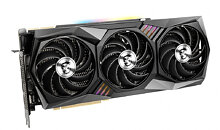
MSI would like to express its appreciation to customers, reviewers, and system integrators that raised awareness to the issue, and to NVIDIA for the cooperation in quickly resolving the problem.
Product image of GeForce RTX 3090 GAMING TRIO series that have shipped out since the beginning of production:
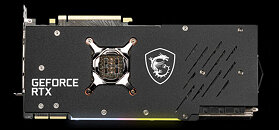
Product image of GeForce RTX 3090 VENTUS 3X series that have shipped out since the beginning of production:
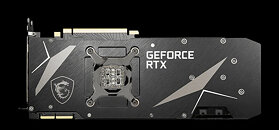
Product image of GeForce RTX 3080 GAMING TRIO series that have shipped out since the beginning of production:
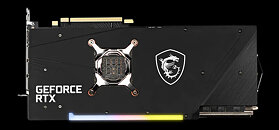
Product image of GeForce RTX 3080 VENTUS 3X series that have shipped out since the beginning of production:
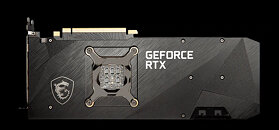
View at TechPowerUp Main Site
MSI stands behind its design decisions for its GeForce RTX 30 Series graphics cards catalog which consists of GAMING models and VENTUS models. MSI utilizes a mixed capacitor grouping in its designs to benefit from the strengths of both SP-Caps and MLCCs. All MSI GeForce RTX 30 Series cards that have shipped out since the beginning of production, which include media review samples, feature the PCB configurations as shown in the updated images below.

MSI would like to express its appreciation to customers, reviewers, and system integrators that raised awareness to the issue, and to NVIDIA for the cooperation in quickly resolving the problem.
Product image of GeForce RTX 3090 GAMING TRIO series that have shipped out since the beginning of production:

Product image of GeForce RTX 3090 VENTUS 3X series that have shipped out since the beginning of production:

Product image of GeForce RTX 3080 GAMING TRIO series that have shipped out since the beginning of production:

Product image of GeForce RTX 3080 VENTUS 3X series that have shipped out since the beginning of production:

View at TechPowerUp Main Site





